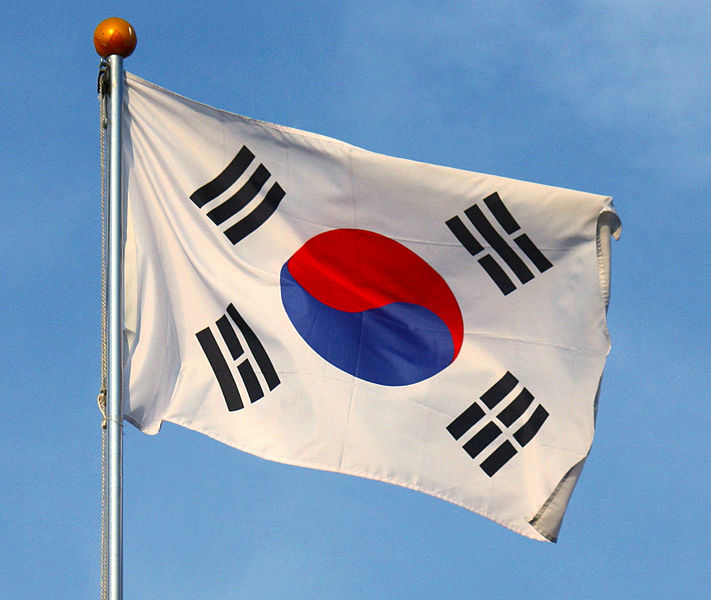
If you follow Northwest coal export issues, you’ve probably heard that China’s demand for coal is sinking fast. Overall coal consumption in China fell a whopping 8 percent the first four months of 2015—an astonishing decline for an economy that’s growing as quickly as China’s. But imports really took it on the chin, with China’s customs department reporting that the country’s ports handled 38 percent less coal from January through May than in the same months of the prior year. China’s import decline has kept Pacific Rim coal prices in the doldrums, and completely deflated market expectations for ready profits from the international coal trade.
But what’s less well known is that China isn’t the only country that’s posing a challenge to coal exports. South Korea, which is the destination for much of the US coal shipped across the Pacific, is seeing many of the same trends.
According to the IHS McCloskey Coal Report, demand from Korean coal-fired power plants was slacker than expected over the winter and spring months. Even more troubling for would-be coal exporters, South Korean power companies recently axed plans for four new coal plants, and delayed several more. Industry analysts suspect that additional delays may be in the offing. Meanwhile, the country recently unveiled an energy plan that would reduce coal’s share in the nation’s energy mix from 37 percent, where it is today, down to 27 percent by 2029.
[prettyquote align=right]”South Korean power companies recently axed plans for four new #coal plants, and delayed several more.”[/prettyquote]
By all appearances, South Korea has been very intentional in creating policies that tilt against coal. Just a year ago, the country put a coal imports tax into place. Now, it’s announced plans to boost the tax by 30 percent, starting on July 1. That tax, coupled with a glut in international coal markets, will likely encourage Korean power companies to be even choosier about what coal they buy. And as it happens, the structure of the South Korean coal tax favors higher-energy coal, which puts the big coal mines in the southern Powder River at a disadvantage in the Pacific Rim coal trade.
What’s funny—or perhaps sad—about all of this is that the coal industry in Wyoming is still putting on a brave face, and hoping (or perhaps pretending) that a rebound in Asian coal markets is just around the corner. Wyoming state officials recently organized a dog-and-pony show in the Pacific Northwest, touting the bright prospects for Wyoming coal exports to Asia.
Meanwhile, back in the real world, independent coal market analysts are growing increasingly gloomy about the prospects for coal exports off the west coast. And there’s no doubt that the recent news from South Korea gives them even more reason for skepticism about the US coal industry’s export prospects.

